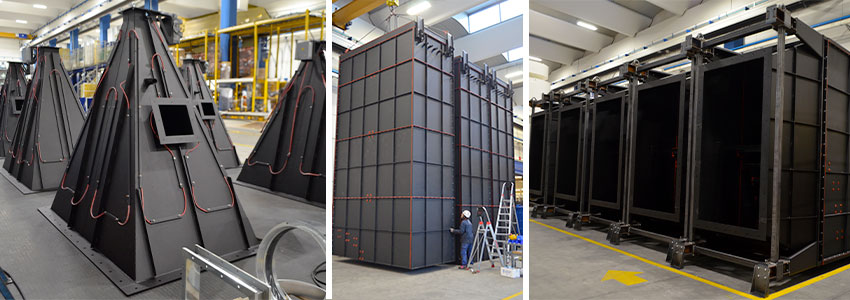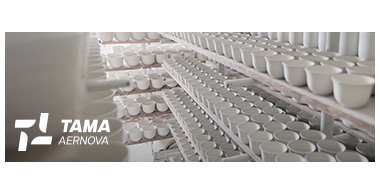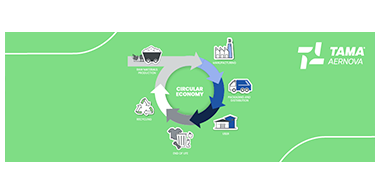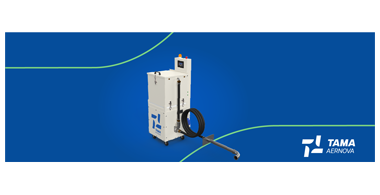
Precious metals: the potential of the circular economy for energy transition
Precious metals - in particular gold, platinum silver, palladium, iridium, rhodium, ruthenium - once known only in the form of “gems” or jewellery, can now be found in many everyday objects, instruments and pieces of equipment, in a variety of medical diagnostic and prosthetic devices, and in systems and technologies for extracting, producing and storing alternative energy from renewable sources such as microchips and nanotechnology, photovoltaic panels and wind turbines, electric motors, batteries and accumulators etc.
Whether from raw materials; from industrial waste from the jewellery, galvanic, pharmaceutical, sanitary, petrochemical sectors; from WEEE, i.e., waste from electrical and electronic equipment also known as e-waste; the recovery and transformation of precious metals through recycling has become a strategic necessity, capable of having a significant impact on the ability of individual states to respond to the objectives set by the European Community with its Green Deal.

The process generally consists of four steps: melting, to be able to rework the scrap; analysis, to find out the precious metal percentage; chemical refining, to ensure maximum purity of the recycled material; and casting, which leads to the production of ingots, powders and secondary raw material scrap. Each step involves the use of specific chemical reagents and techniques, which vary according to the metal to be recovered. In general, the entire process produces harmful volatile compounds and waste that cannot be further recycled, to be disposed of according to regulations on the relative type of waste. It is therefore an extremely delicate activity and potentially highly polluting if the release of aggressive acids and fumes dense with suspended solid particles into the environment is not prevented. Companies that handle it are obliged to deal with regulations to implement environmental and worker health and safety within industrial contexts.
MODULAR FILTRATION FOR PRECIOUS METAL RECOVERY AND REFINING PLANTS: AN ITALIAN CASE STUDY
The specific request of a Tuscan company in search of the most efficient way to reduce polluting emissions derived from the need to minimise the health and environmental repercussions of its processes for the recovery of gold, silver, platinum, palladium, rhodium, iridium and ruthenium and for the production of galvanic salts.

TAMA AERNOVA's designers and technicians confronted with the need to combine the fumes from two different material treatment stages - fumes with different flow and temperature characteristics - into a single component.
The choice therefore went to a PULCO AIR baghouse filter composed of five filtering modules within the same unit: two destined for the treatment of fumes coming from the melting process, three for those deriving from casting. The possibility of selectively and alternately excluding the two filtering blocks during routine maintenance operations avoids production downtime. The Pulco Air baghouse filter is a dry filtration system used to purify process fumes from suspended solid particles, in this case sized to accommodate approximately 600 bags in a 12x9 metre footprint. The deflectors it is equipped with distribute the incoming air flow so that the impurities are deposited on the outer wall of the filtering elements in a homogeneous manner, optimising their functionality. The type of bags adopted guarantee performance, with a heat resistance of up to 250°. A jet of compressed air, accumulated in a special tank, is conveyed inside the filter elements with jets controlled in terms of pressure and frequency by pulse jet technology, to guarantee adequate protection and cleaning of the bags and, consequently, the maximum filter efficiency. The counter-current wave that is created is able to dislodge and precipitate the particles deposited on the outer wall of the bags. This cleaning of the filter elements is managed by reading the pressure drop, which promotes lower compressed air consumption and longer bag life.
TAMA AERNOVA systems are therefore designed to optimise the entire process and minimise the impact of environmental pollutants, combining and customising product features to best meet customer needs, establishing constructive relationships with other companies that make sustainability and environmental responsibility their corporate mission.




Comments